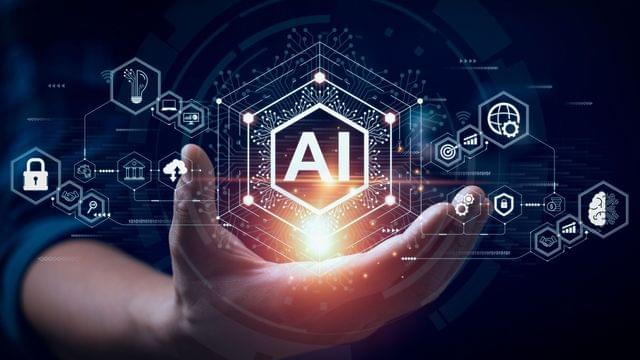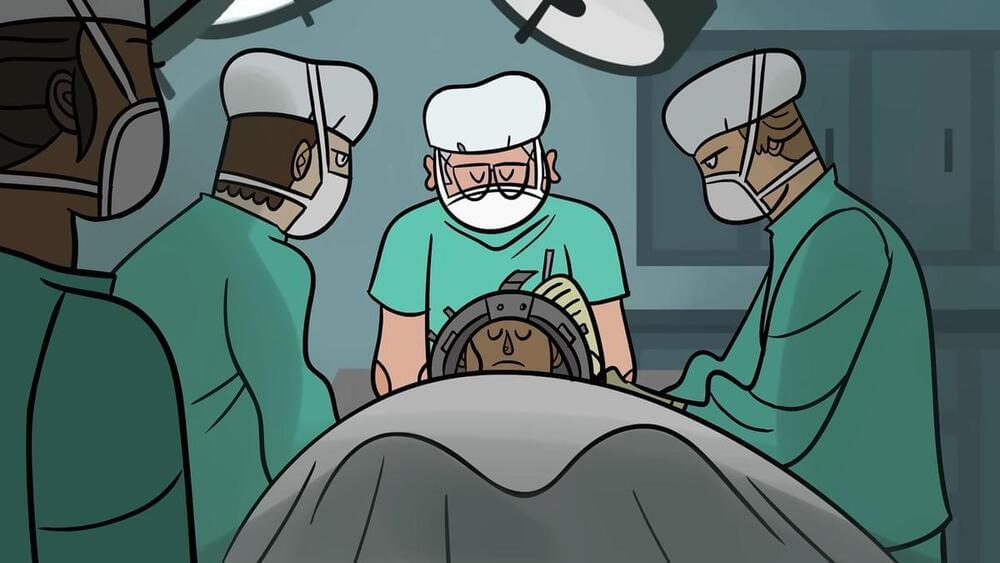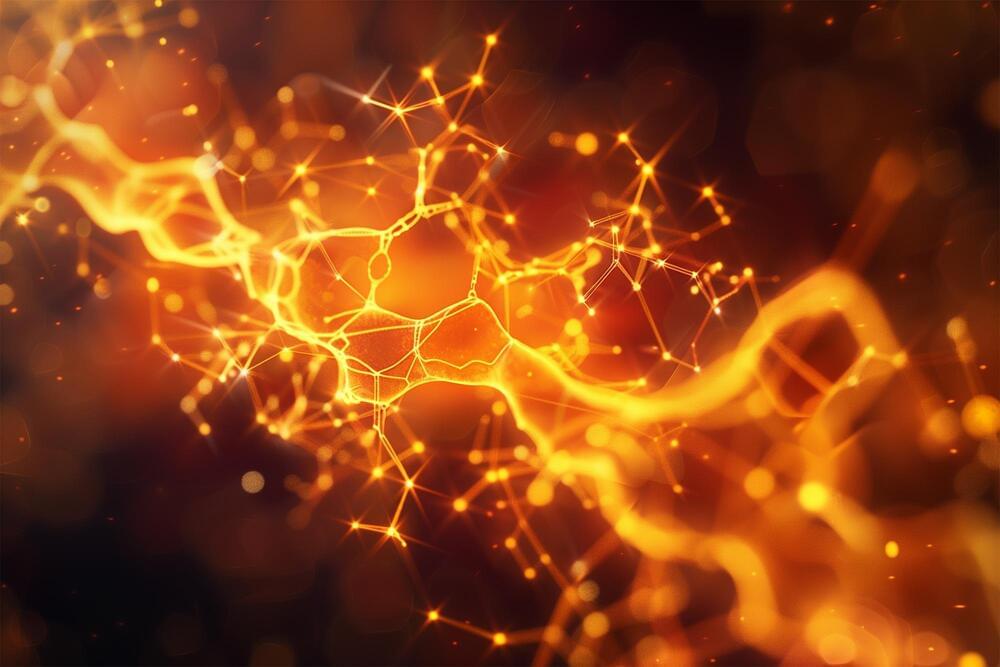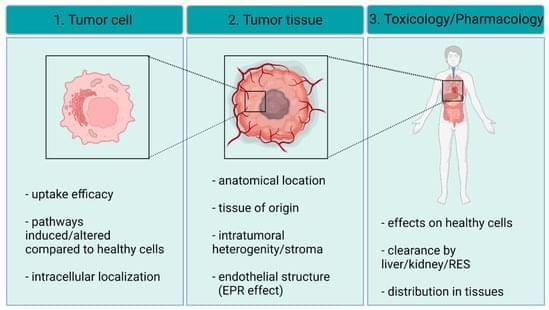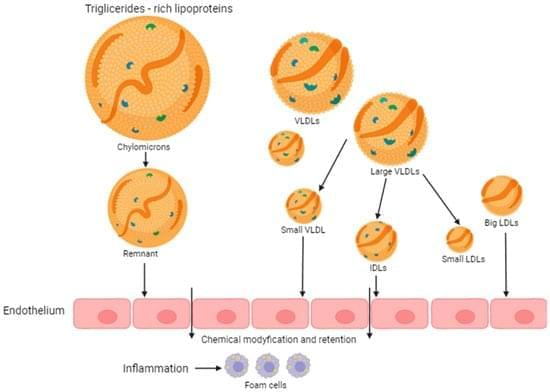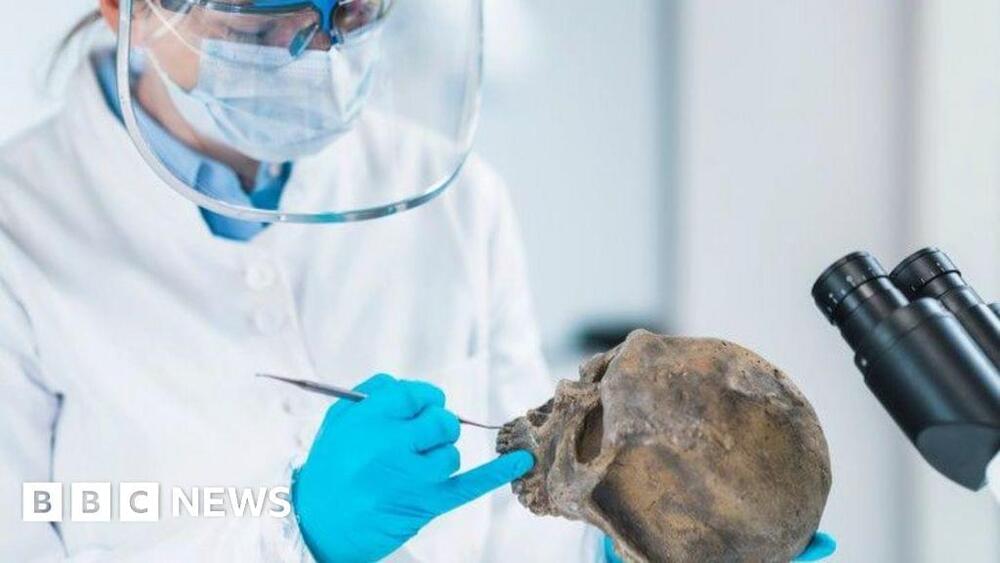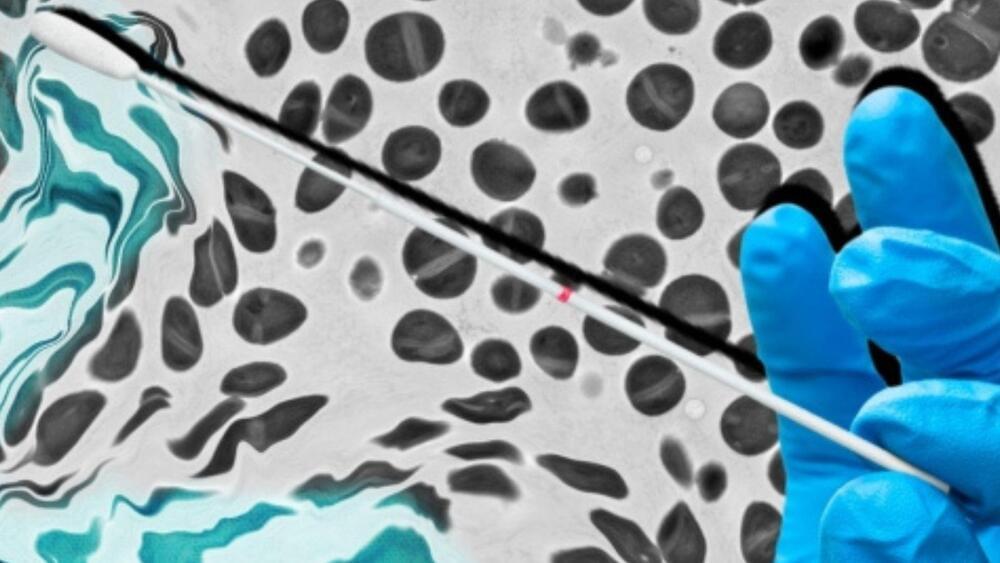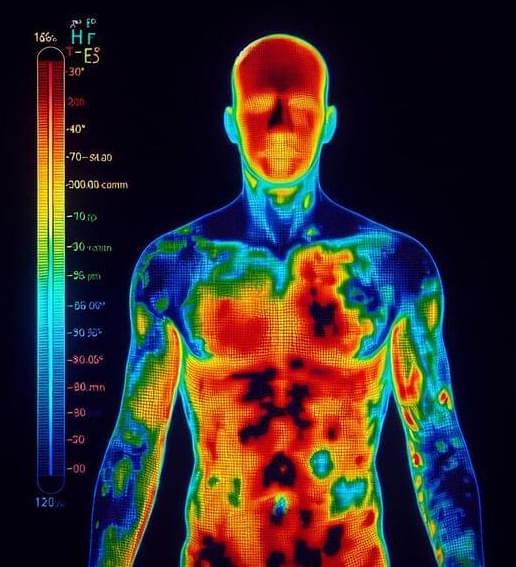Dec 13, 2024
Can We Slow Down Aging? New Biomarker Shows Promise
Posted by Shubham Ghosh Roy in categories: biotech/medical, life extension
A research team from the Chinese Academy of Sciences (CAS) and BGI Research has unveiled the complex mechanisms through which immunoglobulins impact the aging process, a discovery that could transform our understanding of aging.
This research, published in Cell on November 4, not only charts a high-precision map of aging across various organs but also reveals the dual-edged sword of immunoglobulins in systemic aging.
The quest for systemic biomarkers and key drivers of aging has been a long-standing puzzle in the field of gerontology. This study, a collaborative effort between Guanghui Liu’s team from the Institute of Zoology (IOZ) of CAS, Ying Gu’s team from BGI Research, Weiqi’s Zhang team from the Beijing Institute of Genomics of CAS, and Jing Qu’s team also from IOZ, has provided compelling answers.

